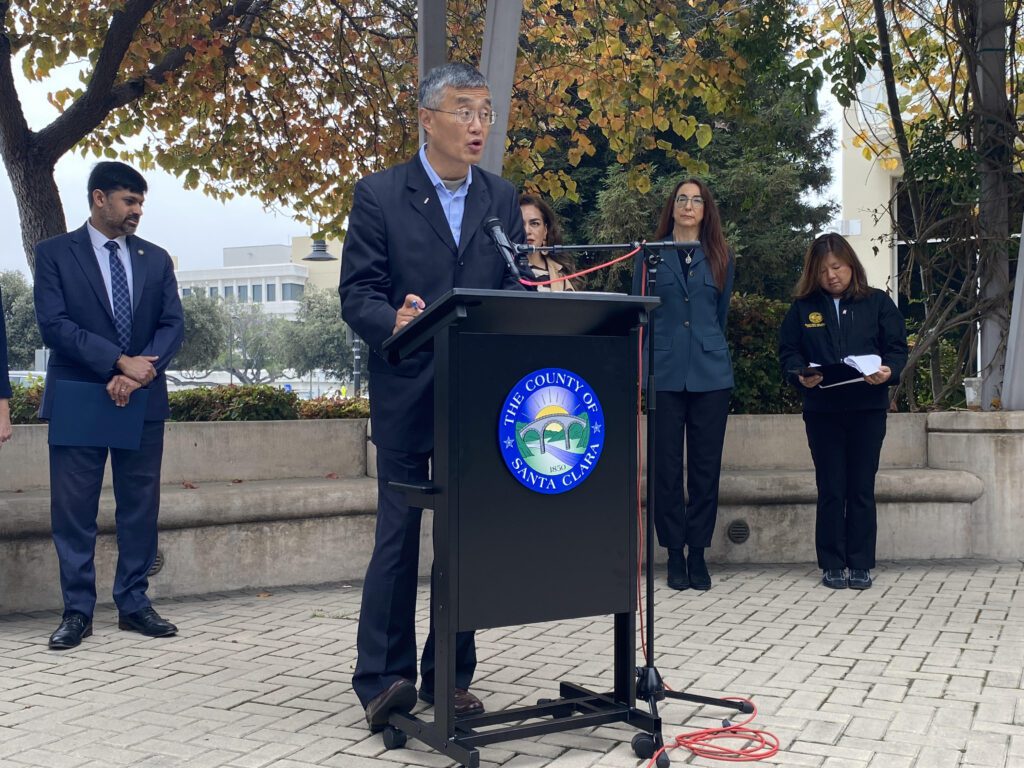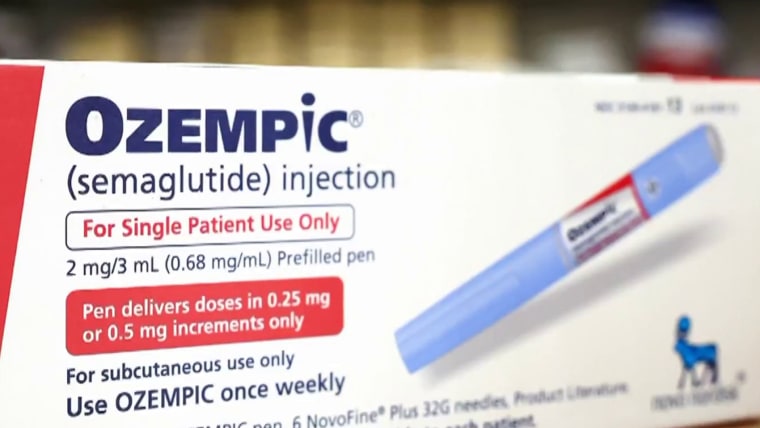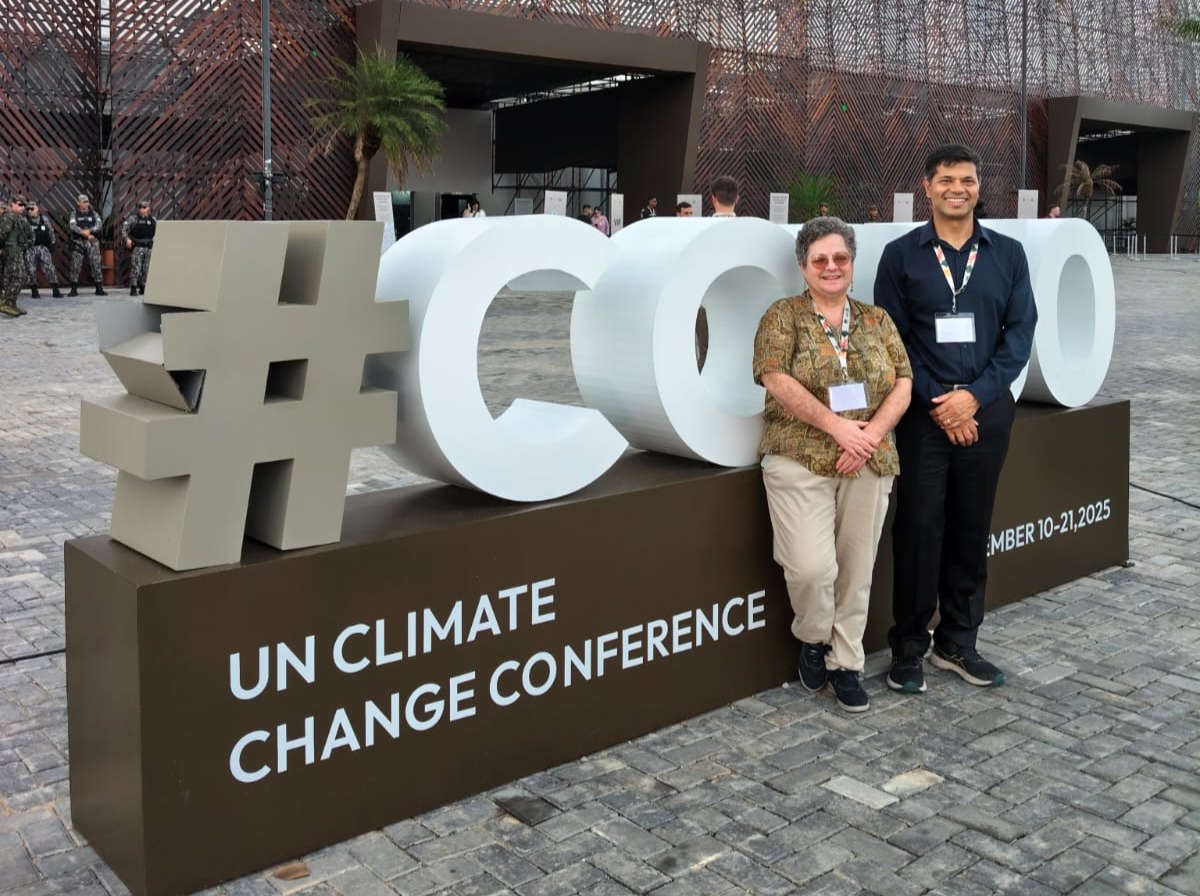Santa Clara County rallies to fill looming food aid gap – San José Spotlight

Report on Food Security Crisis in Santa Clara County and Alignment with Sustainable Development Goals (SDGs)
Introduction: Federal Funding Halt Threatens Regional SDG Progress
A sudden cessation of the federal Supplemental Nutrition Assistance Program (SNAP), locally known as CalFresh, has triggered an emergency response from nonprofit and government leaders in Santa Clara County. The halt in funding presents a significant threat to the region’s progress on key Sustainable Development Goals (SDGs), particularly SDG 2 (Zero Hunger) and SDG 1 (No Poverty). The loss of approximately $25.5 million in monthly federal assistance places over 133,000 low-income residents at immediate risk of food insecurity and financial distress.
Impact Analysis: A Setback for Zero Hunger and Poverty Reduction
Direct Threat to SDG 2 (Zero Hunger)
The termination of CalFresh benefits directly undermines efforts to achieve Zero Hunger within the community. The immediate consequences for the affected population are severe and widespread.
- Population Affected: Over 133,000 individuals and families in Santa Clara County rely on CalFresh for nutritional support.
- Scale of Loss: The maximum monthly allotment per individual is $298, and for a family of four, it is $994. The loss of this support creates an immediate food access crisis.
- Increased Demand on Aid Organizations: Local food banks and nonprofits anticipate a surge in demand that current resources may not be able to meet, potentially leading to smaller food donations and a reduction in nutritious but costly items like milk, eggs, and meat. This directly impacts SDG 3 (Good Health and Well-being).
Exacerbation of SDG 1 (No Poverty) and SDG 10 (Reduced Inequalities)
The economic fallout from the benefits cessation is expected to push vulnerable families deeper into poverty and widen existing social inequalities.
- Financial Hardship: Families will be forced to redirect income from other essential needs, such as rent and utilities, toward food, increasing the risk of housing instability and debt.
- Disproportionate Impact: The crisis disproportionately affects the most vulnerable demographics, including large households with children and non-native English speakers who may face barriers in accessing information about alternative food aid, thereby exacerbating challenges related to SDG 10 (Reduced Inequalities).
- Human Suffering: Community leaders predict a broad increase in human suffering as families are forced to make difficult choices, such as parents forgoing meals to ensure their children can eat.
Multi-Sectoral Response: Fostering Partnerships for the Goals (SDG 17)
Government Intervention and Institutional Response
In a demonstration of SDG 16 (Peace, Justice and Strong Institutions) at the local level, county and state officials have mobilized to mitigate the crisis through emergency funding and coordinated outreach.
- County Funding Surge: Santa Clara County officials have allocated $4.5 million from a contingency reserve to bolster Second Harvest of Silicon Valley, a key food bank in the region.
- State-Level Support: The Governor’s administration announced a $3.2 million funding advance for the same agency as part of a broader state effort to support charitable food organizations.
- Coordinated Outreach: The county’s Social Services Agency has initiated a multi-lingual communication campaign via text message and activated an internal response team to coordinate with schools and nonprofits, ensuring an inclusive response.
Role of Non-Profit Organizations and Community Resilience (SDG 11)
The crisis highlights the critical role of civil society and community partnerships in building sustainable and resilient communities (SDG 11). Local nonprofits are at the forefront of the response effort.
- Primary Service Delivery: Second Harvest of Silicon Valley, which serves 500,000 people monthly, is central to the distribution of emergency aid.
- Targeted Outreach: Organizations like Amigos de Guadalupe are focusing on language-appropriate outreach to ensure information reaches marginalized communities in neighborhoods like East San Jose.
- Call for Community Action: Recognizing that government funds alone are insufficient, nonprofit leaders have issued an urgent call for public donations to bridge the resource gap, emphasizing that a whole-community approach is necessary.
Appendix: Directory of Local Food Aid Distribution Centers
San Jose
- Second Harvest of Silicon Valley food bank: Provides a food locator for groceries and meals.
- The Salvation Army Silicon Valley Food Pantry: 359 N. 4th St.
- Lighthouse Food Rescue and Distribution: 309 N. 17th St.
- Santa Maria Urban Ministry of San Jose Food Pantry: 778 South Almaden Ave.
- Sacred Heart Community Service: 1381 S. 1st St.
- New Beginnings Family Services: 100 W. Alma Ave.
- Hunger at Home at San Jose Flea Market: 1411 Maybury Road.
- Bay Area Maranatha Christian Center: 1811 S. 7th St., Suite B.
- Cathedral of Faith: 2315 Canoas Garden Ave.
Sunnyvale
- Sunnyvale Community Services Food Pantry: 160 Kern Avenue.
West Valley
- West Valley Community Services Market: 10104 Vista Dr, Cupertino.
- West Valley Community Services Park-It-Market: Mobile services.
Campbell
- St. Lucy’s Parish: 2350 S. Winchester Blvd.
Sustainable Development Goals (SDGs) Addressed in the Article
SDG 2: Zero Hunger
- The article’s central theme is the threat of widespread hunger in Santa Clara County due to the halt of the federal food stamps program (CalFresh). It discusses the immediate need to provide food aid to prevent low-income residents from going hungry, directly aligning with the goal of ending hunger and ensuring food security.
SDG 1: No Poverty
- The article highlights the financial hardship faced by low-income residents. The loss of food benefits is described as a “financial pain” that forces families to redirect their limited income from other essentials like rent and utilities to food, pushing them further into poverty. The program itself is a social safety net designed to alleviate poverty.
SDG 10: Reduced Inequalities
- The article points out that the impact of the food aid cessation is not felt equally. It specifically mentions the heightened vulnerability of “non-native English speakers,” who may struggle to access information about alternative food sources, as well as older adults and people with mobility challenges, who face additional barriers to accessing food distribution centers.
SDG 17: Partnerships for the Goals
- The response to the crisis, as detailed in the article, is a clear example of multi-stakeholder partnerships. It describes the collaborative efforts of government officials (county and state), nonprofit organizations (like Second Harvest of Silicon Valley), and a call to action for the wider community and local businesses to contribute.
Specific SDG Targets Identified
SDG 2: Zero Hunger
- Target 2.1: By 2030, end hunger and ensure access by all people, in particular the poor and people in vulnerable situations, including infants, to safe, nutritious and sufficient food all year round.
- The article directly addresses this target by describing the emergency efforts to “surge food aid” to over 133,000 residents who are losing access to their primary source of food assistance. The narrative focuses on preventing hunger and ensuring continued, albeit reduced, access to food for a vulnerable population.
SDG 1: No Poverty
- Target 1.3: Implement nationally appropriate social protection systems and measures for all, including floors, and by 2030 achieve substantial coverage of the poor and the vulnerable.
- The article centers on the sudden failure of a key social protection system (SNAP/CalFresh). The quote from Board of Supervisors President Otto Lee, “All of us should be allowed to rely on our social services as a safety net,” explicitly refers to the principle of this target. The local government and nonprofit response is an attempt to create a temporary alternative safety net.
SDG 10: Reduced Inequalities
- Target 10.2: By 2030, empower and promote the social, economic and political inclusion of all, irrespective of age, sex, disability, race, ethnicity, origin, religion or economic or other status.
- The article highlights the disproportionate impact on specific vulnerable groups. The concern for “non-native English speakers” and the county’s effort to send multilingual text messages relate to ensuring inclusion regardless of origin or language. The mention of a 60-year-old with “mobility challenges” and a specific program for “older adults” underscores the need to address the unique barriers faced by different groups.
SDG 17: Partnerships for the Goals
- Target 17.17: Encourage and promote effective public, public-private and civil society partnerships, building on the experience and resourcing strategies of partnerships.
- The article is a case study of this target in action. It details the partnership between Santa Clara County officials, the state government under Gov. Gavin Newsom, and civil society organizations like Second Harvest, Amigos de Guadalupe, and Sacred Heart Community Services, all working together to mitigate the crisis.
Indicators for Measuring Progress
For SDG 2 (Target 2.1)
- Number of beneficiaries of food assistance: The article explicitly states that “More than 133,000 people receive support from CalFresh in Santa Clara County” and that the food bank Second Harvest “serves 500,000 people each month.” These numbers serve as direct indicators of the population reliant on food aid.
- Prevalence of food insecurity (implied): The article implies this indicator through anecdotal evidence, such as a recipient wondering, “What are my kids gonna eat?” and another mother stating she would “go hungry herself in order to make sure her kids have enough to eat.” The increased demand at food banks is a proxy for rising food insecurity.
For SDG 1 (Target 1.3)
- Value of social protection benefits: The article quantifies the monetary value of the halted program as “$25.5 million in federal food assistance funneled to the county each month.” It also specifies benefit amounts per household (“$994” for a family of four). This data can be used to measure the scale and adequacy of the social safety net.
- Government expenditure on social protection programs: The article mentions the new funding being mobilized as an emergency measure: “$4.5 million” from the county and a “$3.2 million funding advance” from the state. These figures are direct indicators of government spending to fill the gap.
For SDG 10 (Target 10.2)
- Accessibility of information to vulnerable groups (implied): The county’s action of sending “text message to all CalFresh recipients in English, Spanish and Vietnamese” implies an indicator related to the proportion of a population reached by communications in their native language. The concern that word may not reach non-English speakers highlights the importance of this measure.
For SDG 17 (Target 17.17)
- Amount of financial resources mobilized by multi-stakeholder partnerships: The article provides concrete figures for resources mobilized through partnerships, including the “$4.5 million” from the county government to support the nonprofit Second Harvest and the “$3.2 million” from the state government. The call for public donations is another aspect of this indicator.
SDGs, Targets, and Indicators Analysis
| SDGs | Targets | Indicators |
|---|---|---|
| SDG 2: Zero Hunger | 2.1: End hunger and ensure access for all people, particularly the poor and vulnerable, to safe, nutritious, and sufficient food all year round. |
|
| SDG 1: No Poverty | 1.3: Implement nationally appropriate social protection systems and achieve substantial coverage of the poor and vulnerable. |
|
| SDG 10: Reduced Inequalities | 10.2: Empower and promote the social and economic inclusion of all, irrespective of origin, disability, or other status. |
|
| SDG 17: Partnerships for the Goals | 17.17: Encourage and promote effective public, public-private, and civil society partnerships. |
|
Source: sanjosespotlight.com
What is Your Reaction?
 Like
0
Like
0
 Dislike
0
Dislike
0
 Love
0
Love
0
 Funny
0
Funny
0
 Angry
0
Angry
0
 Sad
0
Sad
0
 Wow
0
Wow
0



















































.jpg.webp?itok=0ZsAnae9#)
























